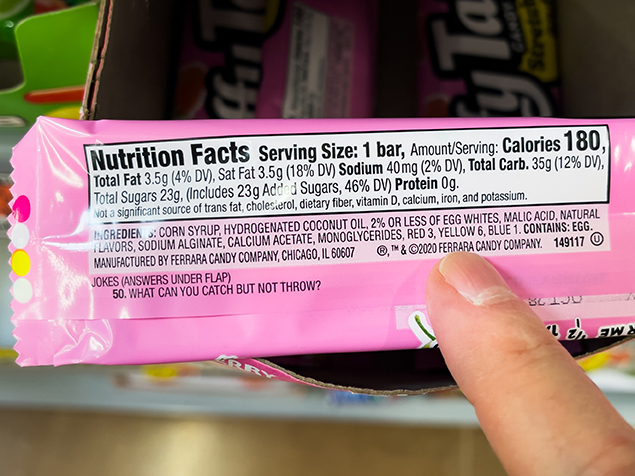FDA moves to ban toxic Red Dye No. 3 in food

Published: February 18, 2025
Category: Market News
Chemical linked to cancer, memory problems in children
In a significant move to protect public health, the Food and Drug Administration recently announced it will ban the use of Red Dye No. 3 in food.
This decision comes after years of advocacy from organizations led by the Center for Science in the Public Interest, or CSPI, as well as the Center for Food Safety, Environmental Working Group (EWG) and a number of other public health groups and activists who petitioned the FDA to take action on this harmful chemical in 2022.
Red 3 is a synthetic food colorant found in thousands of processed foods, particularly candy and other sweets. The dye has been linked to a range of serious health concerns, particularly for children.
Recent research further underscores the dangers of this chemical dye in food. A 2021 study by California’s Office of Environmental Health Hazard Assessment found that synthetic dyes like Red 3 are linked to a greater risk of behavioral difficulties in children, including decreased attention span and memory problems.
Red 3 has been singled out as a particularly harmful food dye because studies show it causes cancer in animals.
Red 3 has been banned in cosmetics since 1990.
“This action by the FDA marks a monumental victory for consumer health and safety,” said EWG President and co-Founder Ken Cook. “For years, Red 3 remained in food products, despite growing evidence linking it to health problems, particularly in kids.
“This ban sends a strong message that protecting the health of Americans—especially vulnerable children—must always take priority over the narrow interests of the food industry.”
Consumers concerned about Red 3 and other potentially harmful chemicals can explore EWG’s Food Scores database, which provides nutrition, ingredient and processing details for over 80,000 products. More than 2,000 foods in the database contain Red 3.
Organic & Non-GMO Insights February 2025




